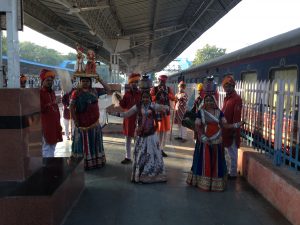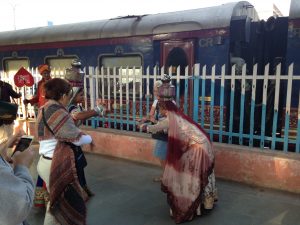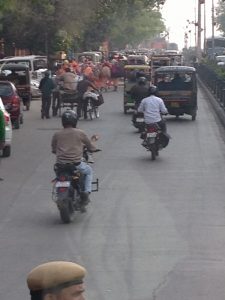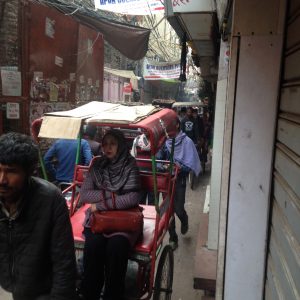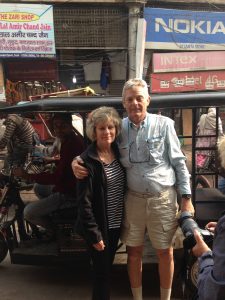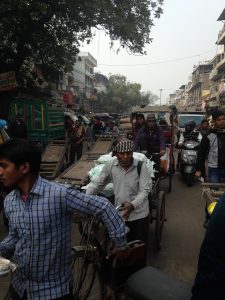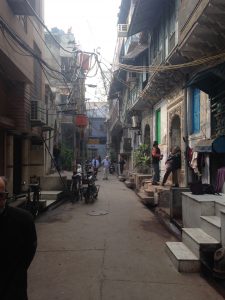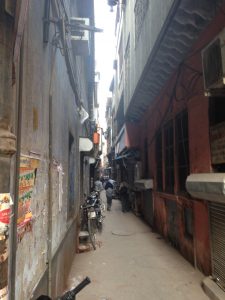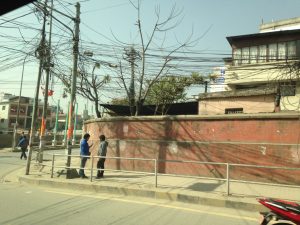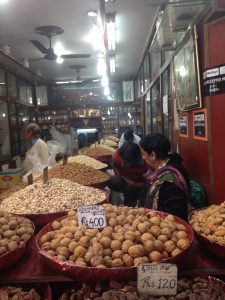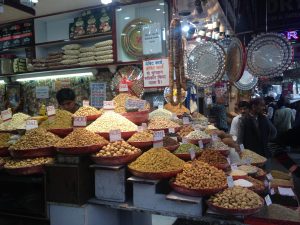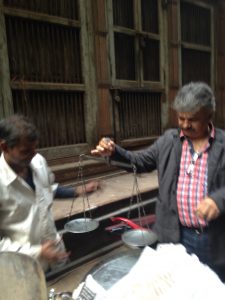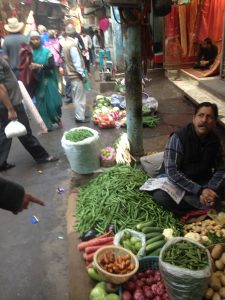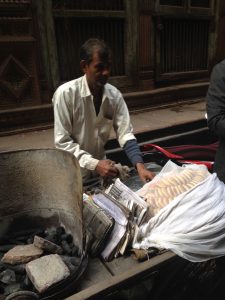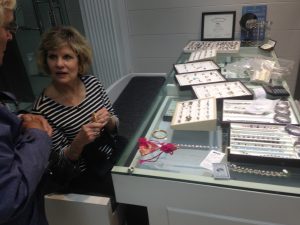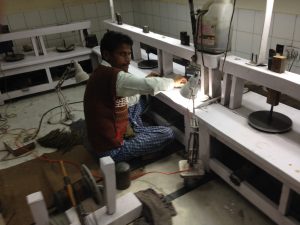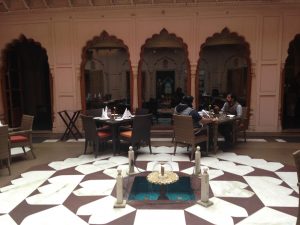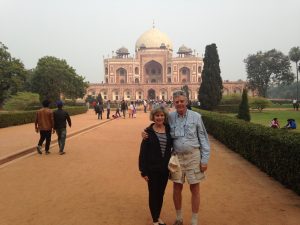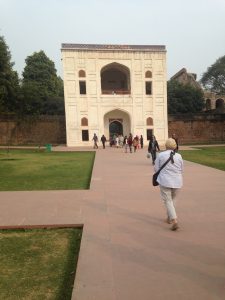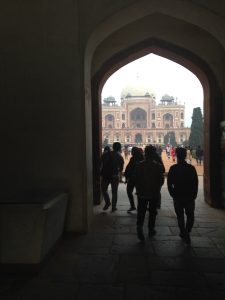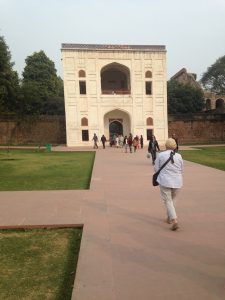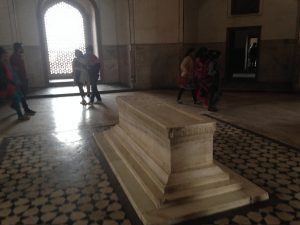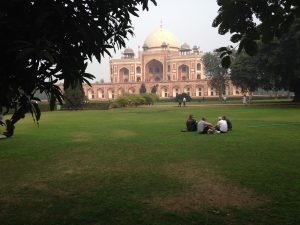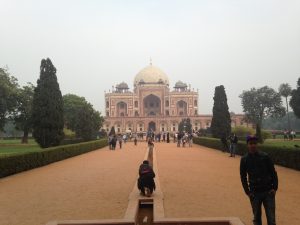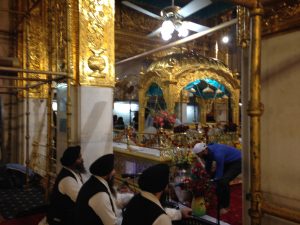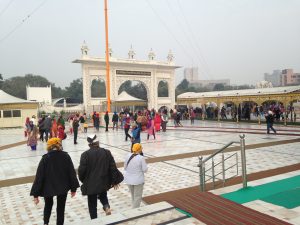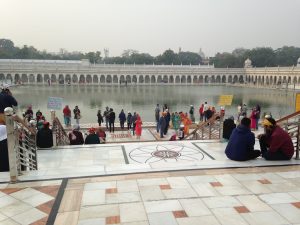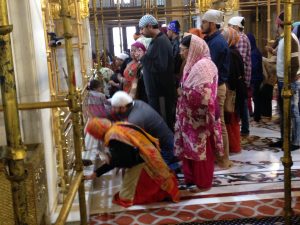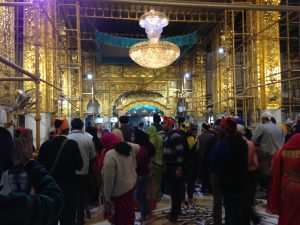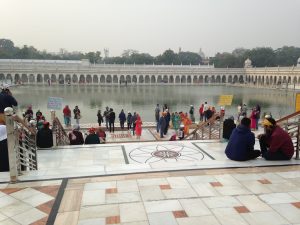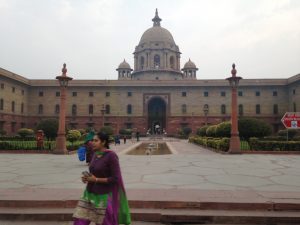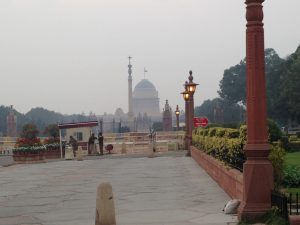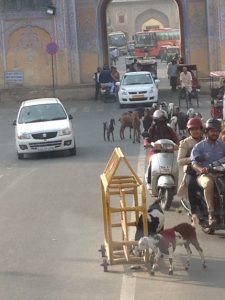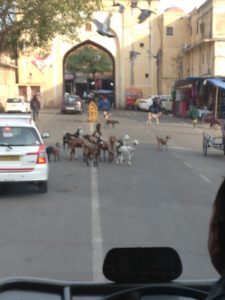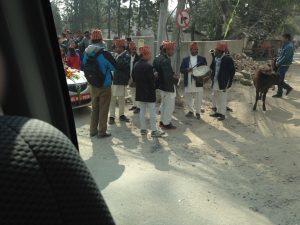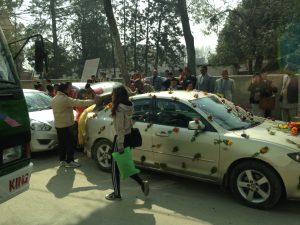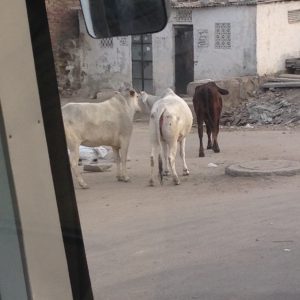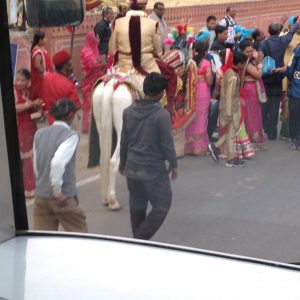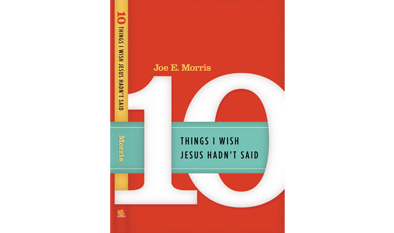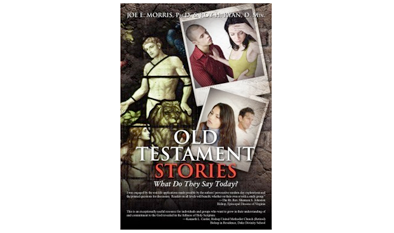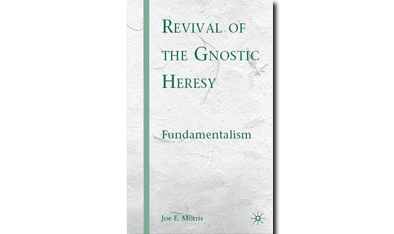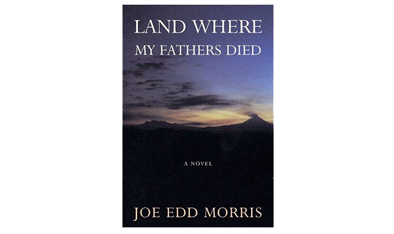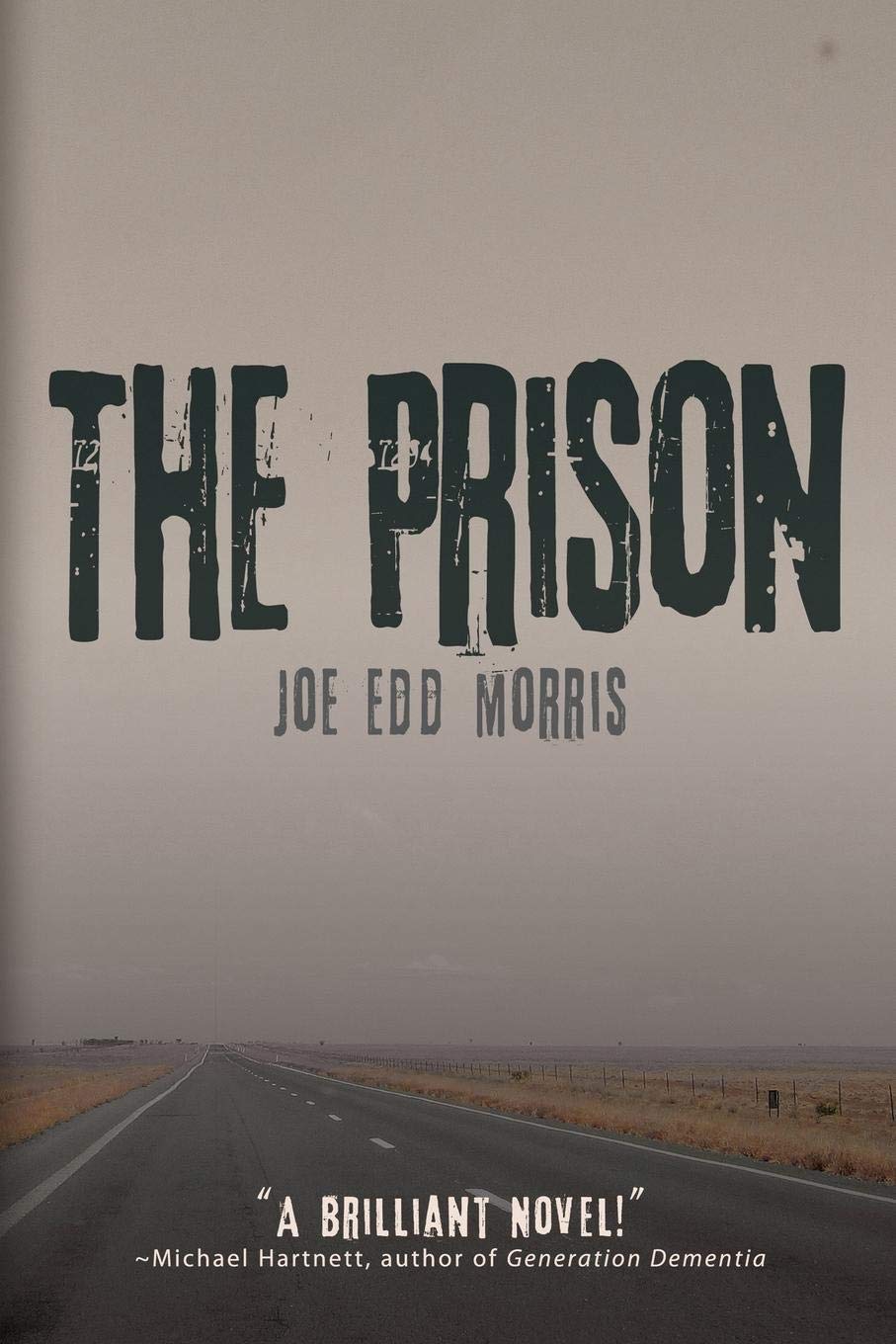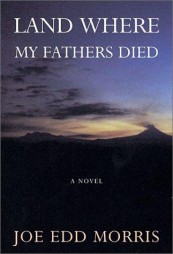Some notes about Delhi
Delhi is situated in a strategic position on the west bank of the Yamuna River, between the Himalayas and the Aravalli Hills. It is the gateway to the rich alluvial soils of the Ganges plain and has, according to Indian folklore, been occupied since 2500 BCE. The original city, Indraprastha was the first of nine. Shahjahanabad or Old Delhi, the 7th city, was built when the Mughal Emperor moved his capital back to Delhi from Agra in 1638. Planned out in blocks with wide roads, residential areas and bazaars, Chandi Chowk, now thought to be Asia’s busiest street, was the main artery. Literally translated as “Silver Street” this bustling market area of Old Delhi is good for hunting down new and old antique gold and siler jewelry from craftsmen whose forefathers served the emperor. At the 1911 Delhi Durbar, King George V announced that the capital of India was to move from Calcutta to Delhi. Inaugurated in 1931, the ambitious work of British architects Sir Edwin Lutyens and Herbert Baker, New Delhi is an audacious statement of Imperial British control over India. Today, the difference between bustling Old Delhi and the calmer, tree-lined avenues of New Delhi is striking.
We disembarked the train at 8:00 a.m. and were met by a costumed musical welcoming committee.
We loaded our luggage into a van and headed for the Imperial Hotel, a UN World Heritage Site built by the British. The decor reminded us of The Peabody. The city was overcast with smog/fog/dust. Sunrise was a bright red ball rising over Delphi. Along the way, we observed men and women in orange dresses sweeping with long fibered brooms. The city was clean and unemployment almost nil.
Delhi has a population of 17 million. We visited Old Delhi, situated behind the walls of the Red Fort, which stems from the 17th century at a time when Mughal power was at it’s height. The Mughals were Mongols who had attacked India from Samarakand.
We were intrigued with the narrow streets and the many shops and interesting scenes, including a man shoeing a horse on the street. Getting to the old city we had to dodge thick and wild traffic.
Above right, Sandi and I beside our took took, small motorized carriage.
Bundles of wires along the street made us wonder how anyone knew who was getting electricity. Our guide told us it was an intricate system that was closely monitored.
Strolling through the old city, hopping frequently to avoid motor bikes, we observed the vendors and their wares.
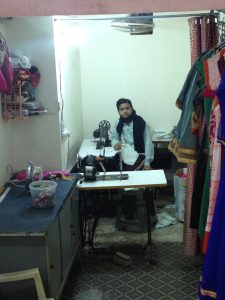 A tailor posed for us. Note the ancient sewing machine
A tailor posed for us. Note the ancient sewing machine
The street of 9 houses where the wealthy lived, most of the jewelers. At one of the shops, Sandi made some good purchases: Prices were competitive. While there we observed one of the artisans polishing a gem.
We returned to the palatial Imperial Hotel for lunch.
and were astonished add women padding newly laid sod and pulling weeks. There are jobs for almost everyone.
We were impressed with the tomb of Humayan’s tomb, which is considered a precursor of the Taj. Humayun’ Tomb was built in 1565. The architectural design prevents anyone from seeing the monument until they enter the 2nd gate.
Riva described this as an optical illusion. Over 150 graves are inside the tomb but their identity is unknown. Seventy years later, the Taj was built.
We passed a banyan tree that was 200+ years old. Surrounding the tomb are narrow geometric flowing channels of water. The decor of this tomb, which served as a model for the Taj, is simple and austere.
The Sikh Temple which followed was stunning.
Not so much the facility, the grounds and the gold-plated interior where thousands worshipped daily, but what we saw in a huge basement: The kitchen, where food is prepared by volunteers and over 15,000 are fed daily, the poor and anyone. No one is turned away. The operation was absolutely astounding and amazing.
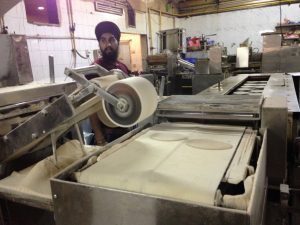
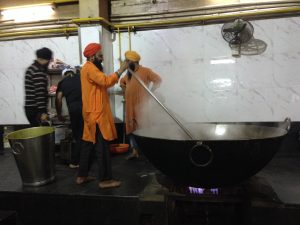
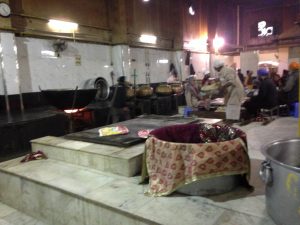
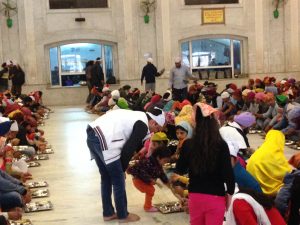
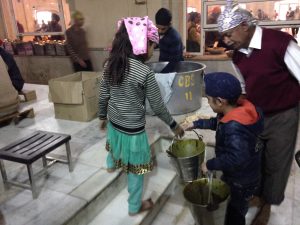 Even the children were helping.
Even the children were helping.
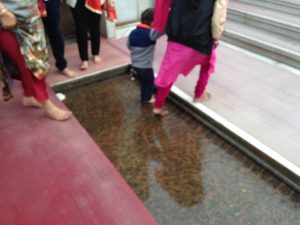 Worshippers washing their feet. Again, we went barefoot.
Worshippers washing their feet. Again, we went barefoot.
The community kitchen was like nothing we had ever seen. Hundreds of volunteers prepared 15 thousand vegetarian meals for the hungry. No one is turned away. Today they were making a curry coup for tomorrow. Hundreds were washing in the Holy Water Lake and the footwashing pool.
Before heading for the airport and our fight to Nepal, we quickly visited the Imperial Palace where the President lives and some of the adjoining government buildings.
Some scenes on the way to the airport.
Feeding the birds, an obligation to every muslim.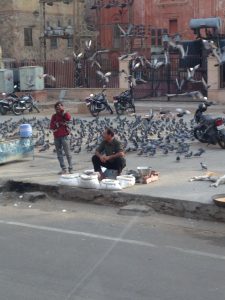
Far right, a wedding party and cows, always cows.
Our tour guide, Mandeer, had us taken to the airport for our flight to Katmandu. That was an experience. His incredible shepherding and insuring all was in order and the seeming disorder within the airport. Without him, I don’t think we would have made it to Nepal. Greaves is fabulous. Our flight was delayed. Monitors were not working, off and on. We had to listen carefully for our flight number. Two hours past the time, an agent rushed toward us and said, “Your flight is boarding….your flight is boarding.”

